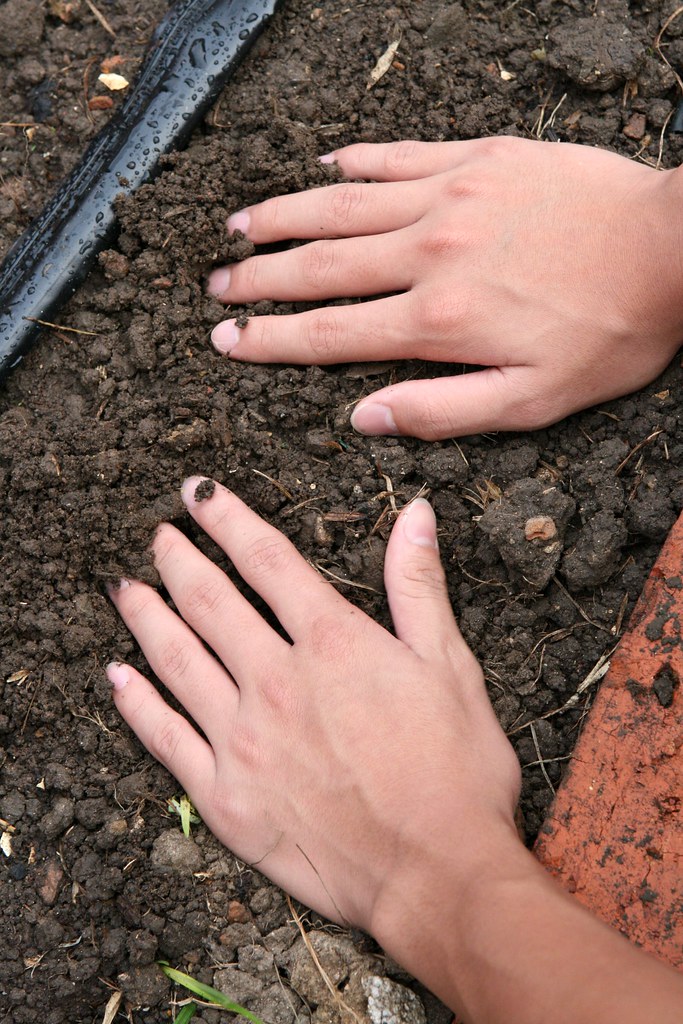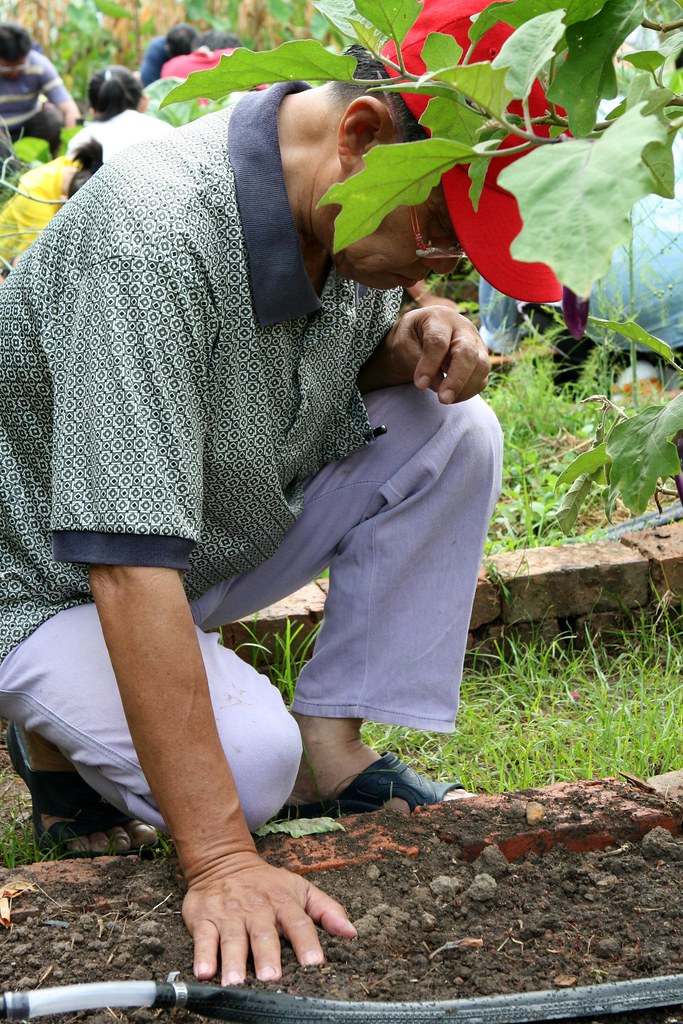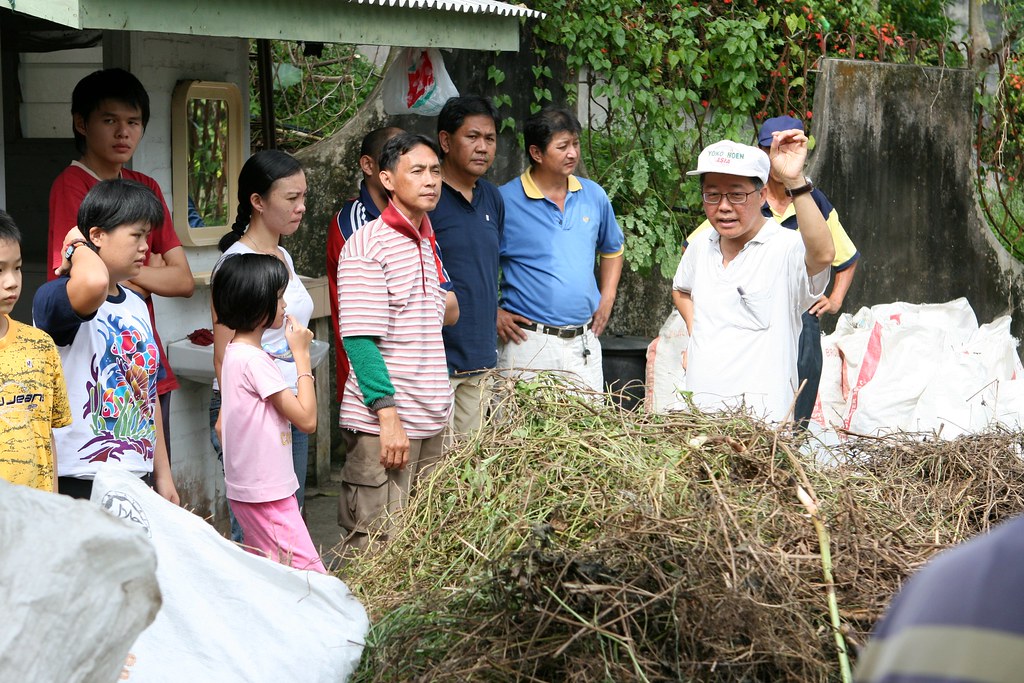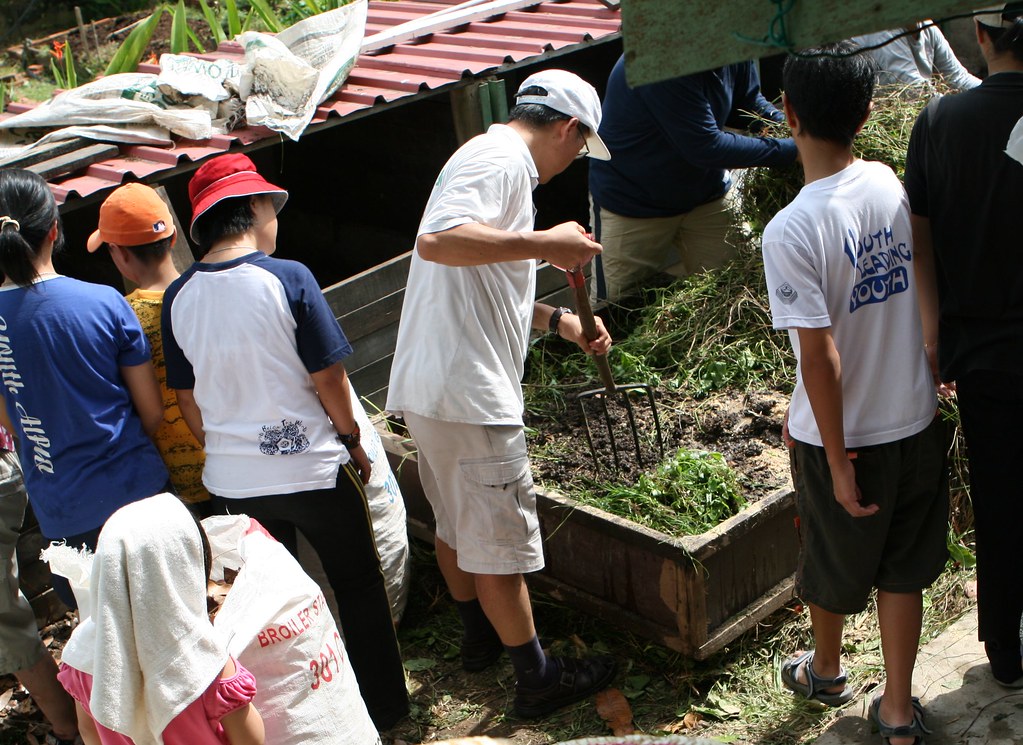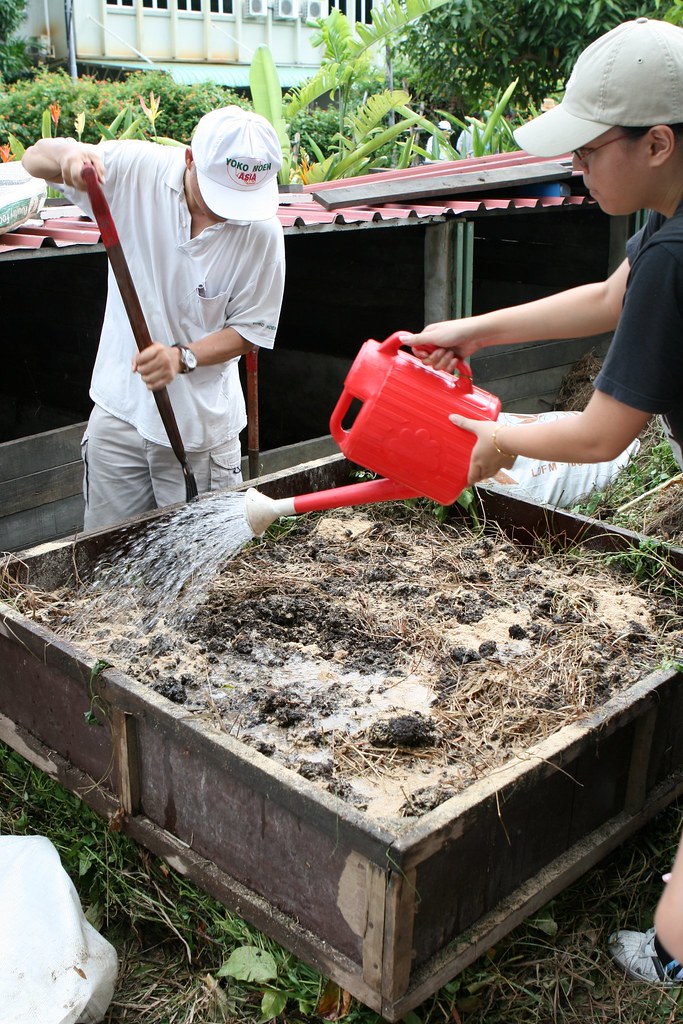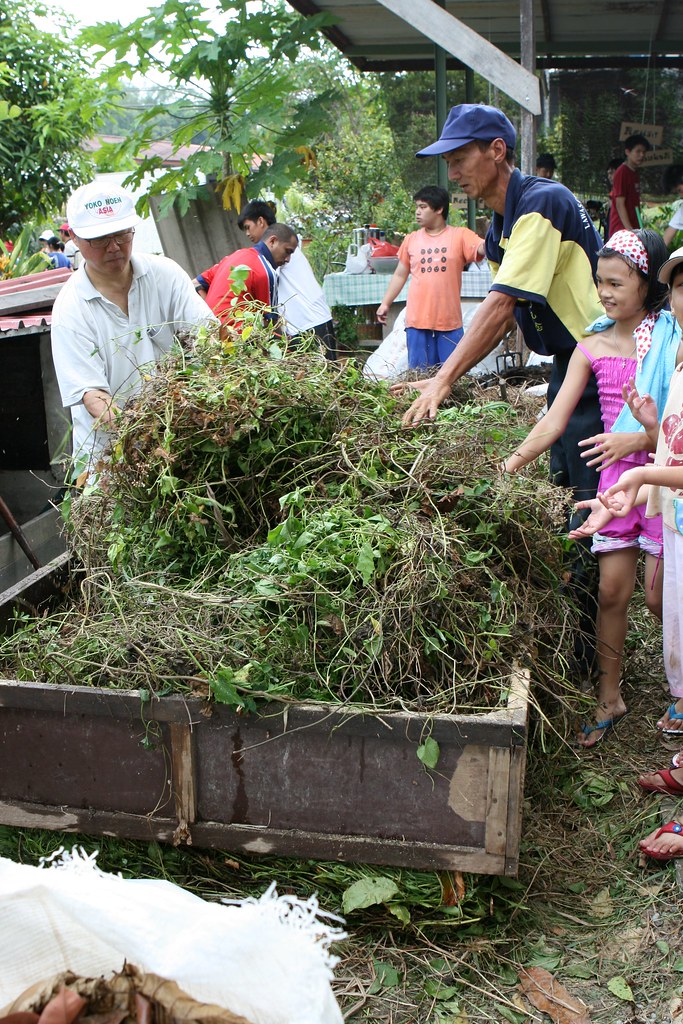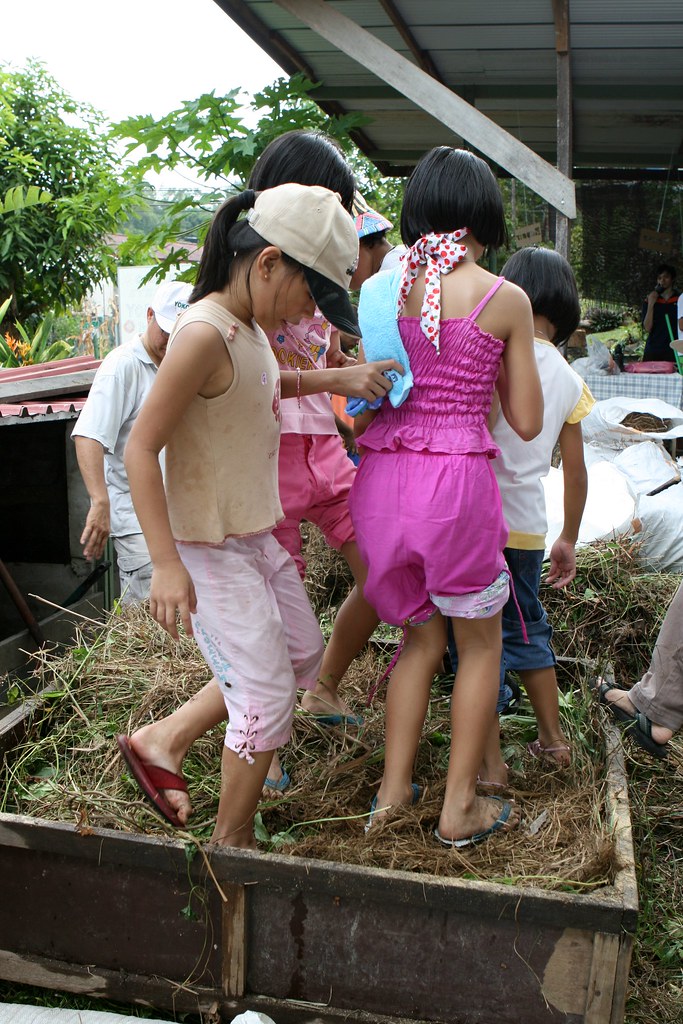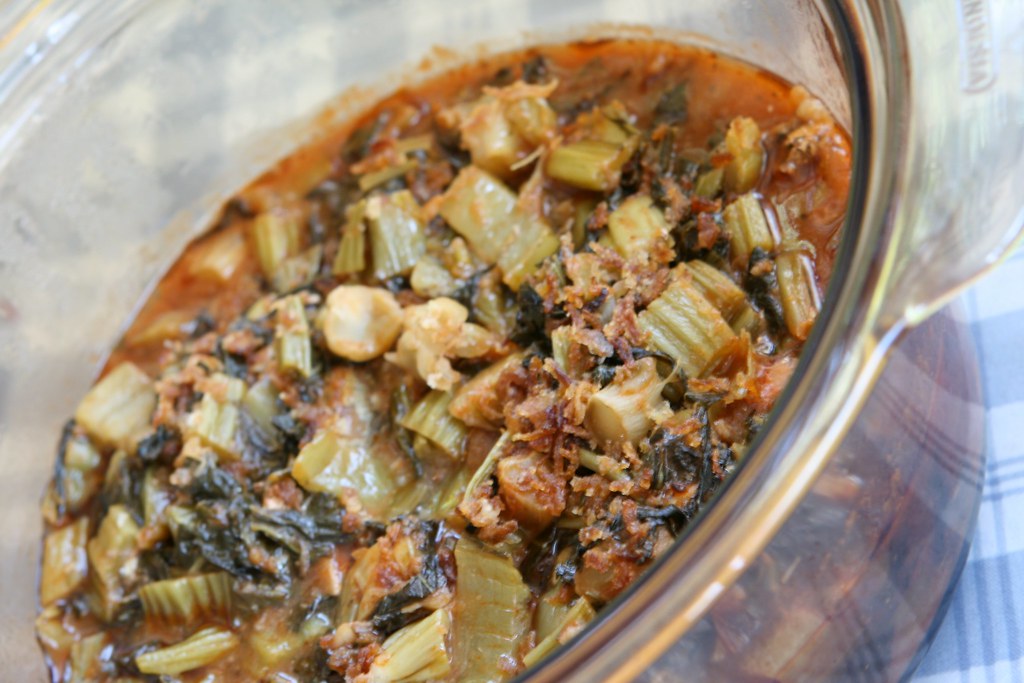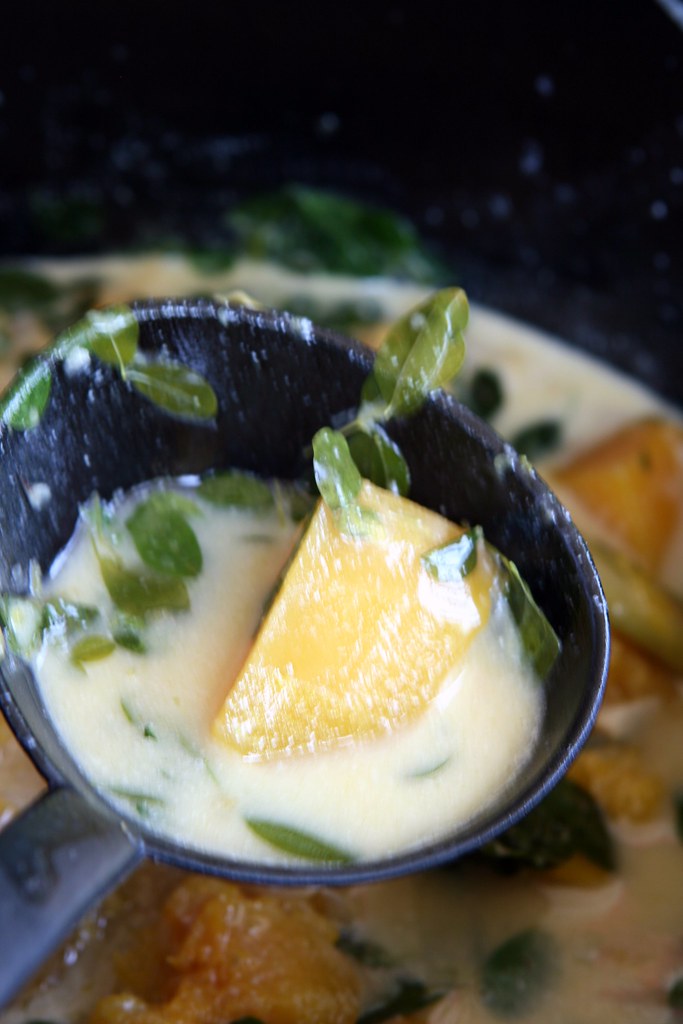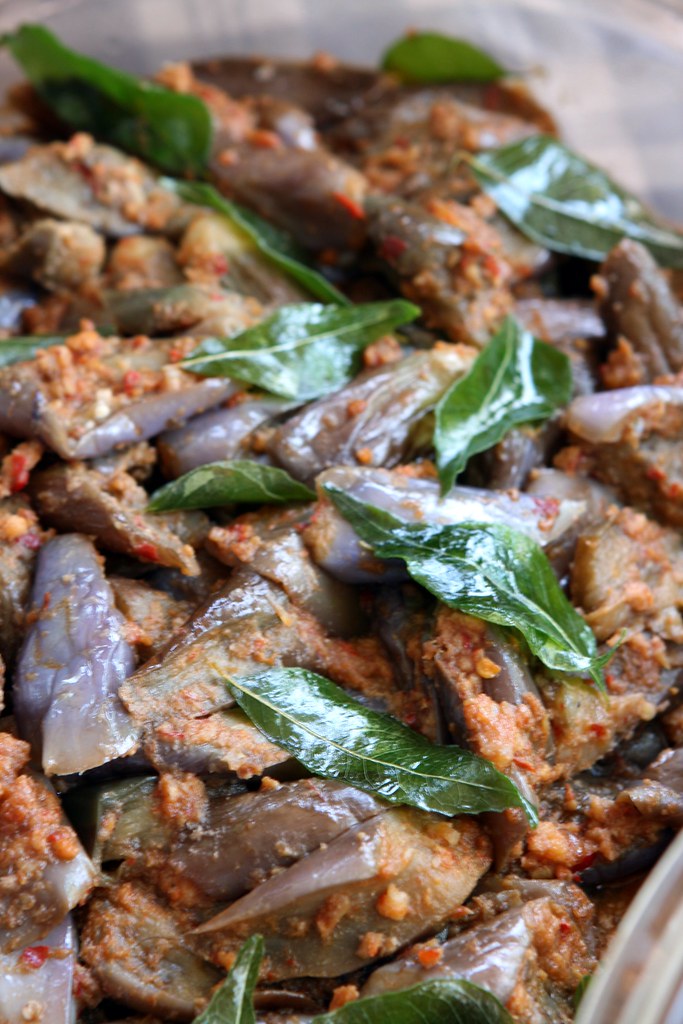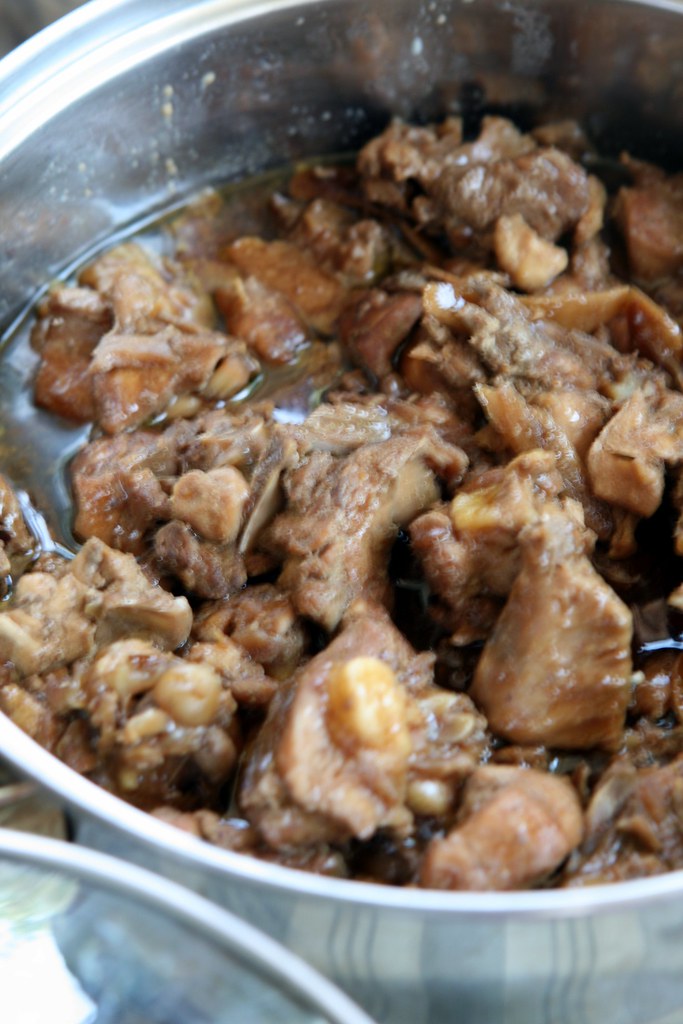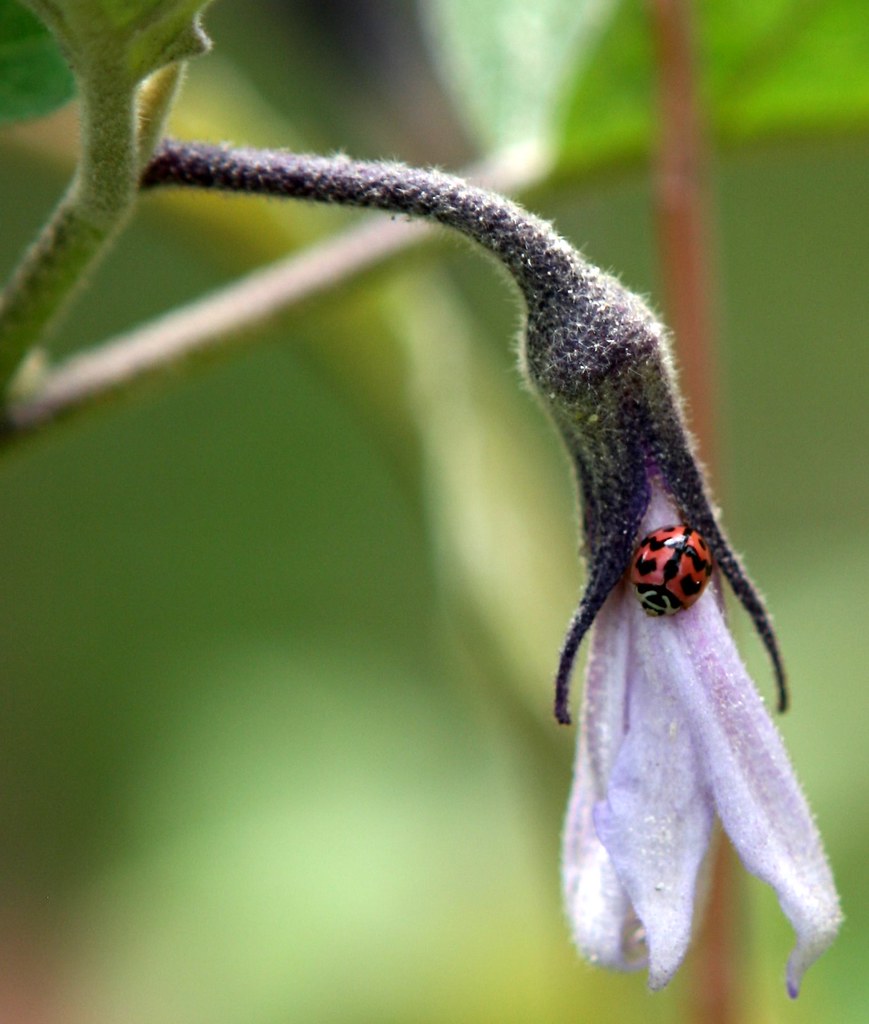Then we were told... 'and now, please rub your face with your palms.'
3. Be healthy in body
A most energetic Sharon led the workout.
4. A lesson on how to eat
Be mindful of the food we are eating (no more TV dinners). 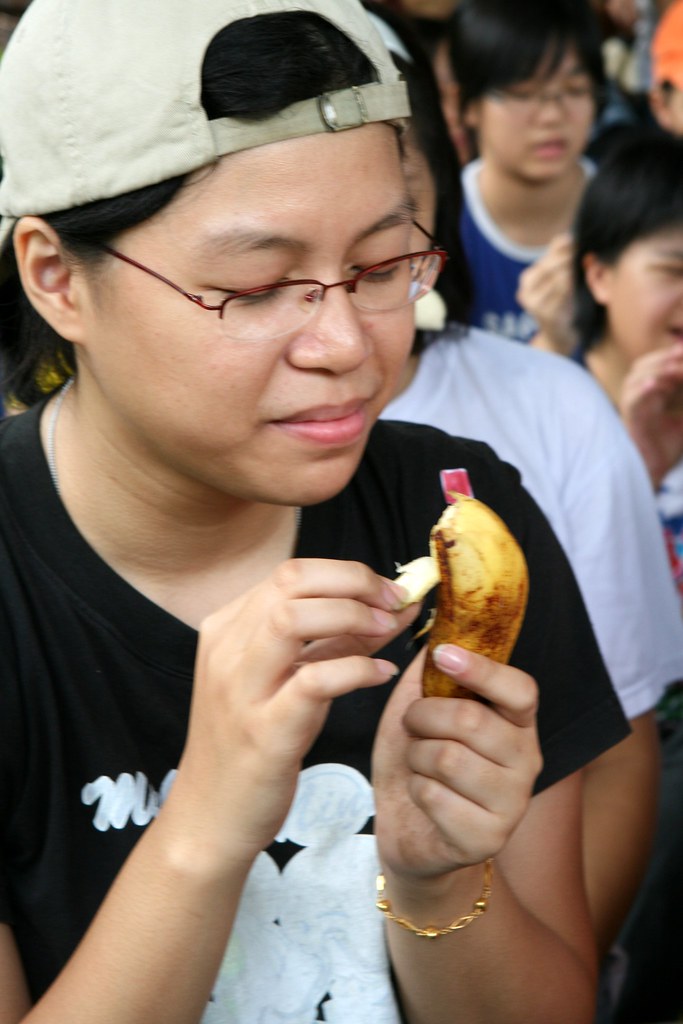
Close eyes again. Feel the skin of banana, inhale the fragrant of the fruit and slowly peel it.

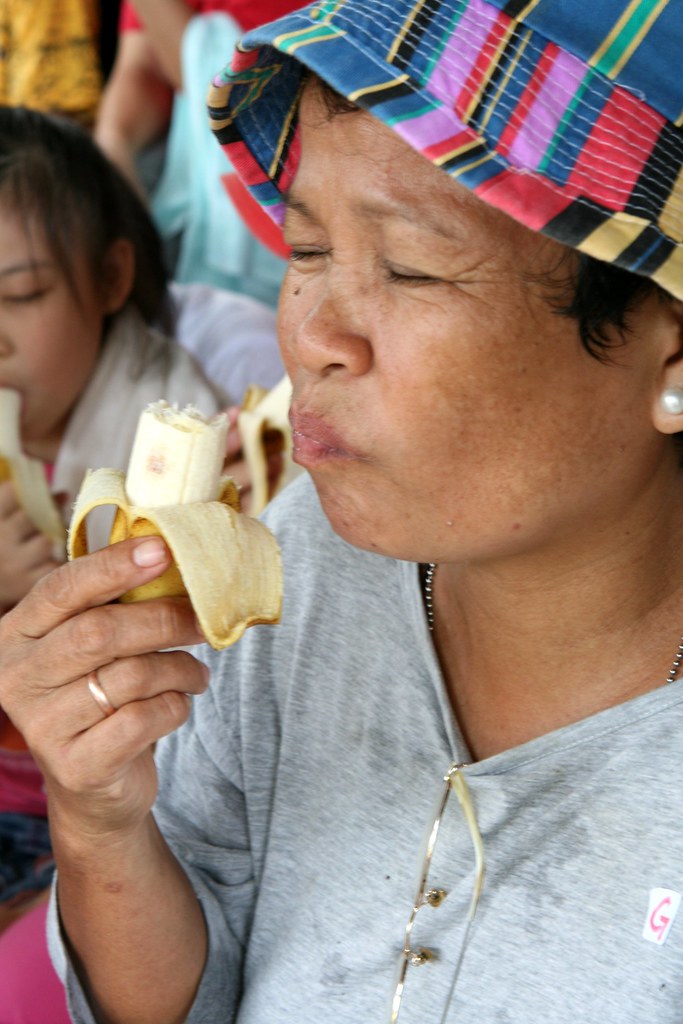
When taken the first mouthful, chew slowly and let the sweetness of the fruit lingers in the mouth for a while, resist the urge to gulp down. Taste the food with all your senses, appreciate and give thanks.
5. The real breakfast
Bread pudding with apple, raisins, nuts, carrot(?), milk and eggs - a power-packed meal.

We, Malaysians, will always have to have our national breakfast, nasi lemak!
Thanks to TSH, we had a very sumptuous breakfast with tuna sandwich, whole-meal bread with gaya + cashew nuts spread (yumz) beside the nasi lemak and pudding.
After breakfast, the participants were divided into groups and were assigned different tasks.
Before proceeding with the tasks we had a few speakers to share with us various topic :

TSH let us into a secret about this wonderful tree of life called the Drumstick tree. Anyone heard of this tree before? Well, now I have and know that it can be eaten, full of vitamins and best of all, easily grown.
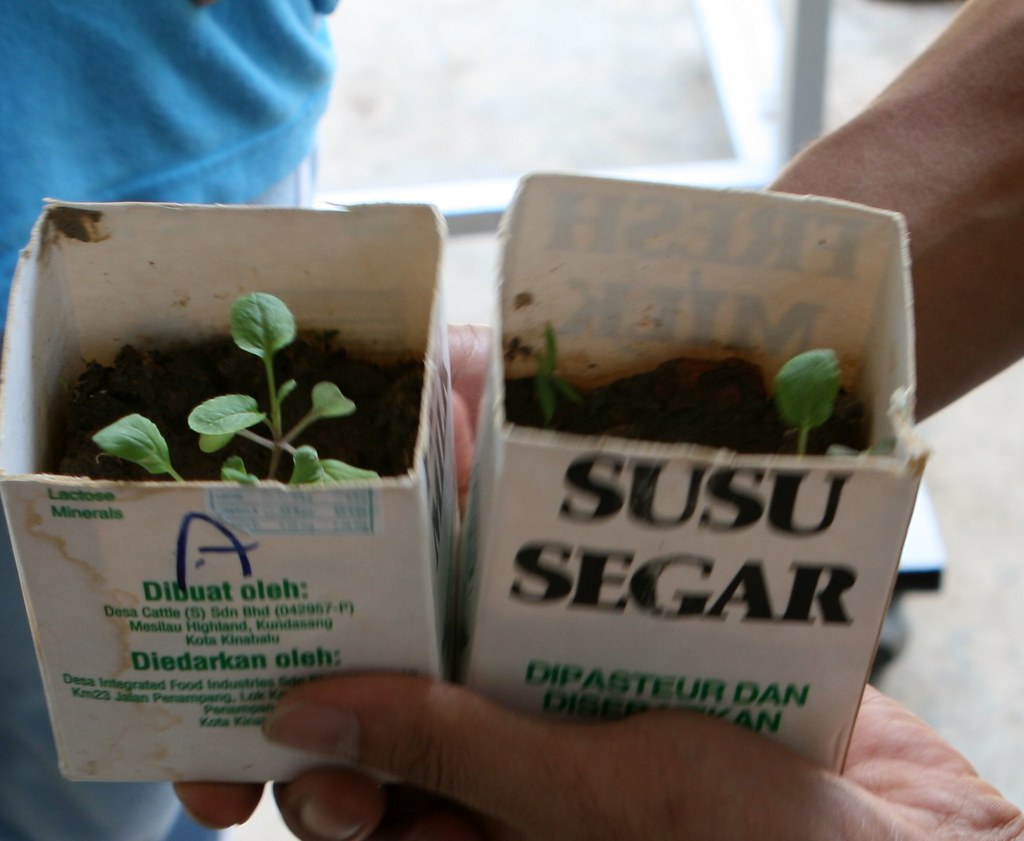
This is an experiment done by an earlier workshop. They were given two containers with compost and were given some seeds to plant in them. Both were looked after in exactly the same condition except for one difference - one of the containers of growing plants was talked to with kind, encouraging words whilst the other being talked to with very harsh and negative words. The results of the experiment showed very clearly why it is so important for us to use encouraging words all the time especially with our growing children!
6. Compost Making
Instructions on composting given to this group by Robert.
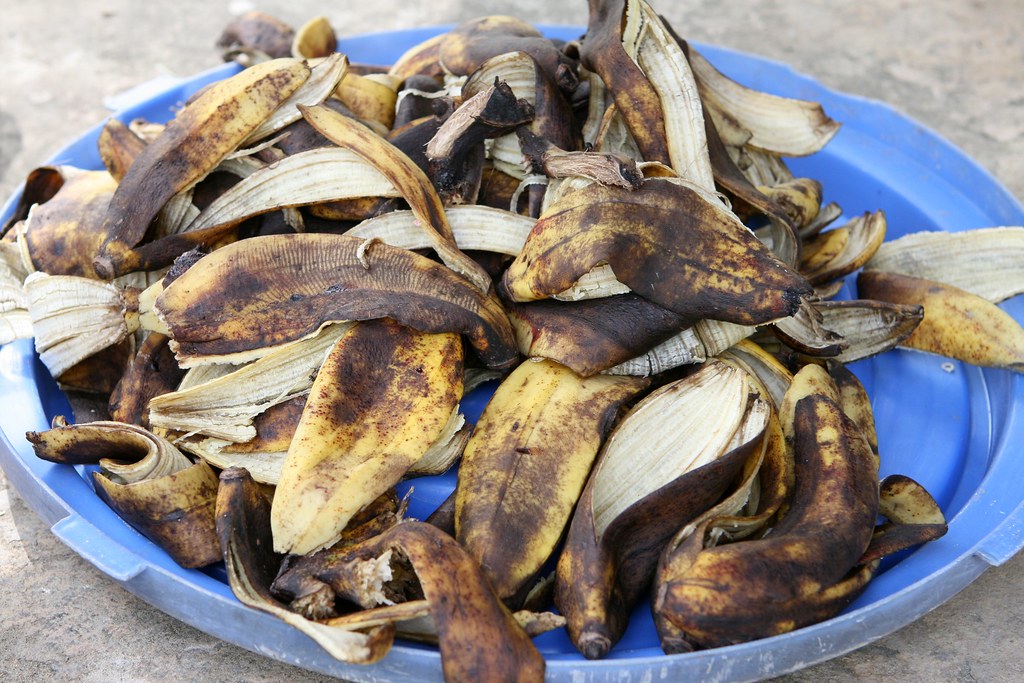
The banana skins collected to be used for the compost too.
Recipe for compost making:
A thick layer of cut grass or any plant materials followed by a thin layer of chicken dung then a sprinkling of rice bran.
Water generously.
Second layer of grass goes in and take note of the few young girls waiting anxiously at the right hand corner.
This is what they were waiting for, the highlight of this excises, to dance on top of the compost heap. This is to compact the heap so that more layers can be added on.
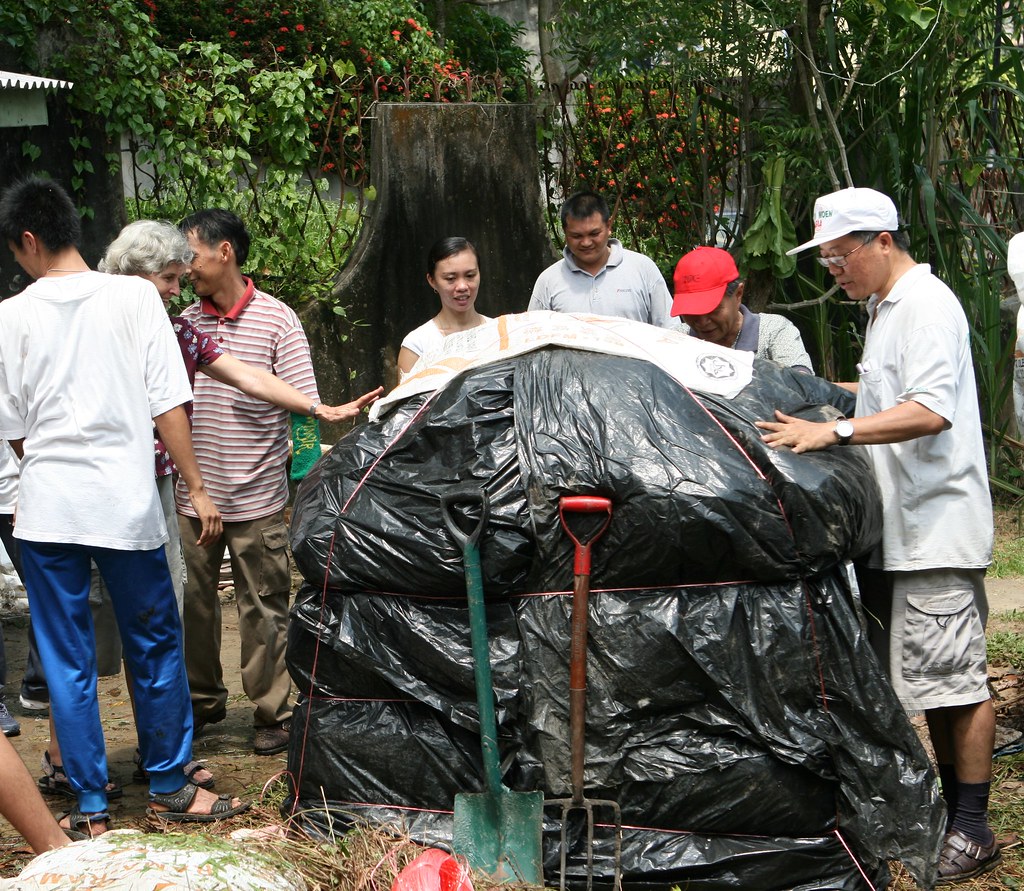
When the compacted pile reach up to a height of about 4 feet ( about 1 1/2 meter), cover it up with plastic sheet and leave for 2 weeks to decompose.
It will look like this after a month or so...

It needs to be turn over every 2-4 weeks as this form of composting requires oxygen to work. In 3 months, it will turn to black peaty soil which will be ready to use for the plants and veggies.
7. Harvesting
These lucky few were assigned to harvest the Kai Choi. See what they managed to reap...

He got what he was eyeing.
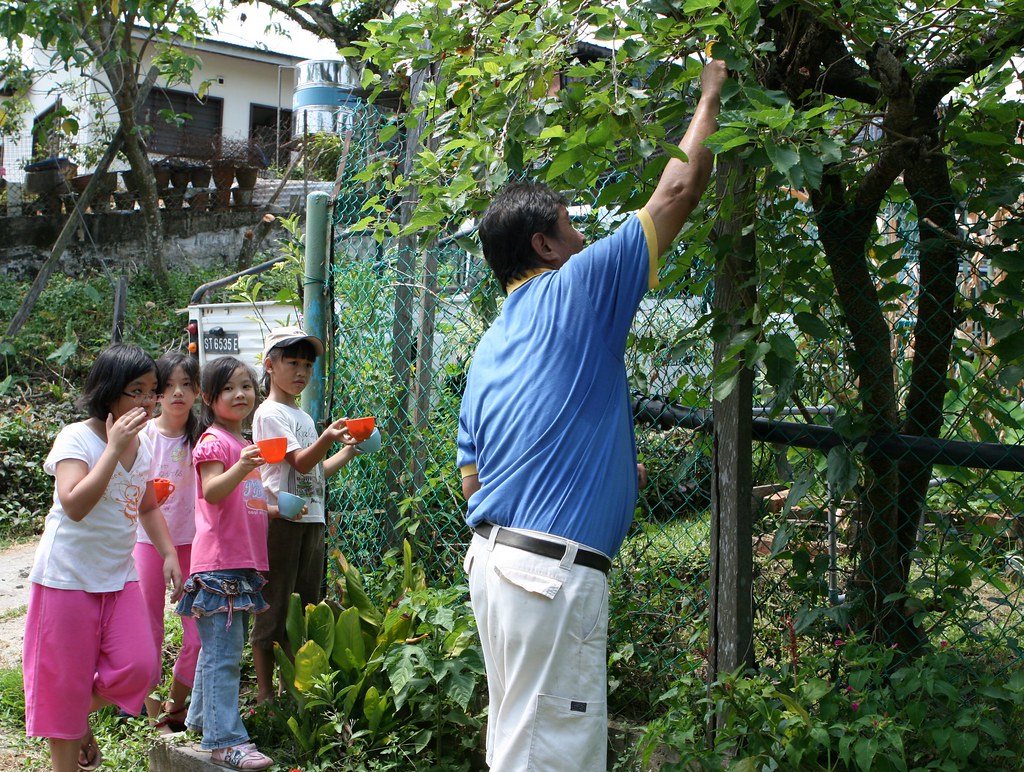
This uncle was harvesting some wild raspberries with a trail of eager beavers holding up teacups waiting to collect from him.
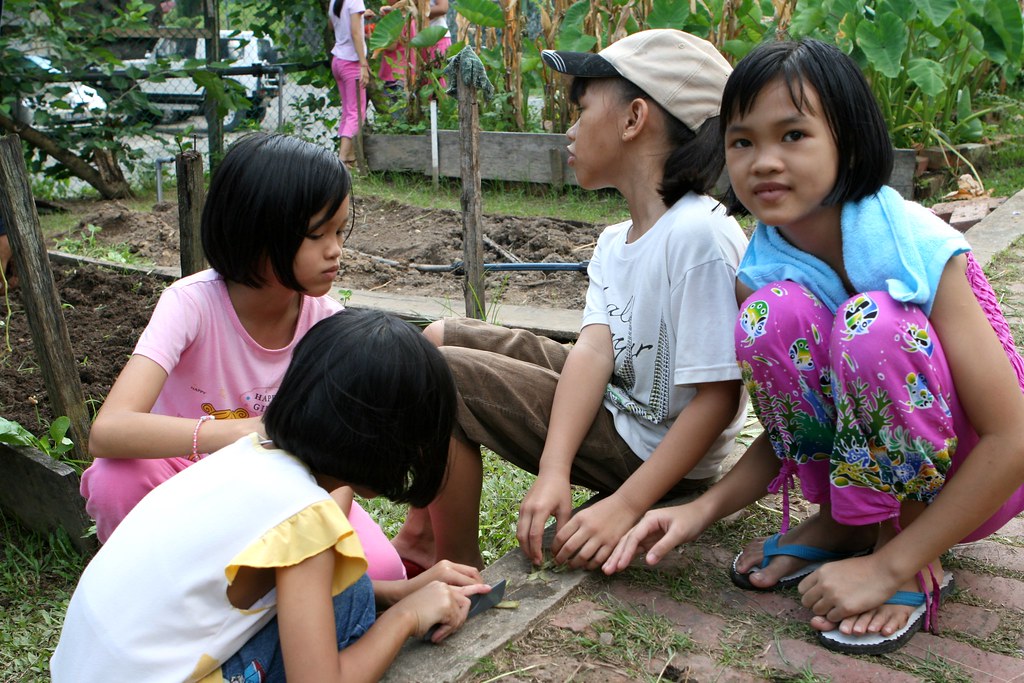
With the harvesting going on these few lasses were busy preparing lunch (main masak masak).
8. Lunch!!
Mrs. Loh did make ham choi with the kai choi and cook them with sardine (a first for me). Unlikely combination but so, so delicious.
Alma cooked these leaves from the tree of life cooked with pumpkin and santan fragrant with lemongrass. Delicious.
Eggplants from the farm cooked with spicy sambal udang. A favorite from Margaret.
Jenny's tasty soy sauce chicken was sold out.

Another delicious home-cooked dish, chick-peas Indian style also from Margaret.
Really don't mind waking up so early on a Sunday morning with so many yummy fares awaiting ;-p.
A big 'thank you' from the bottom of our well-pampered stomach to all the ladies who had to wake up even earlier to prepare all these for us.
In between sessions, I sneaked away to capture these lovelies and crawlies in their natural habitat which we rudely intruded for a day to learn.
 Dug out this wild yam from our back yard and it left behind a 2-feet crater. I think it must have weighed about 5 kg! I placed the garlic bulb next to it to give a perspective of the yam's size.
Dug out this wild yam from our back yard and it left behind a 2-feet crater. I think it must have weighed about 5 kg! I placed the garlic bulb next to it to give a perspective of the yam's size. 

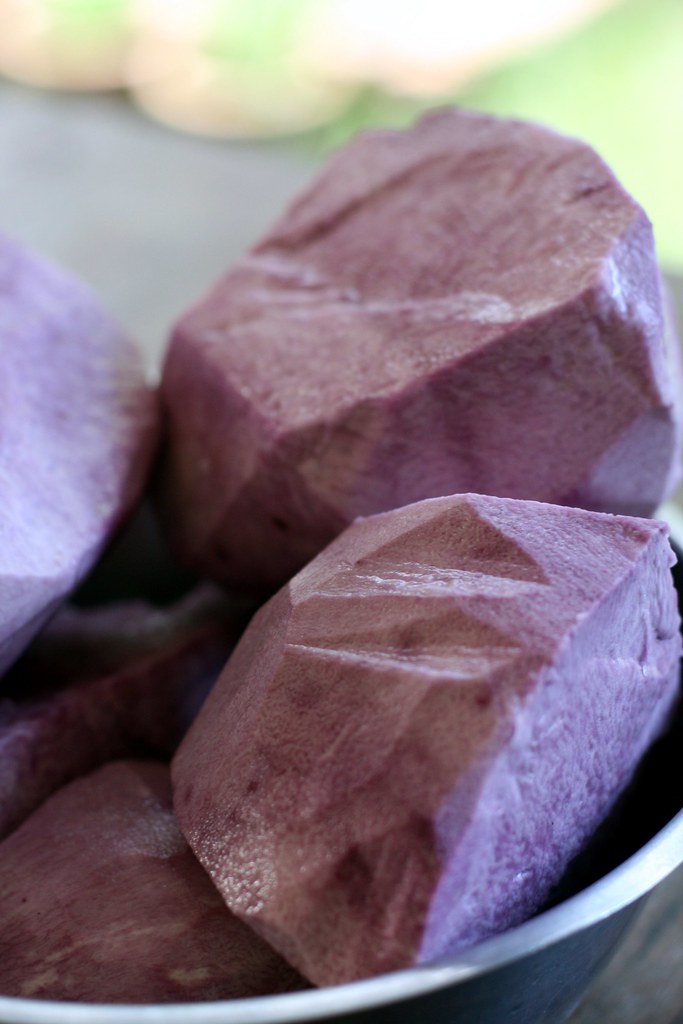
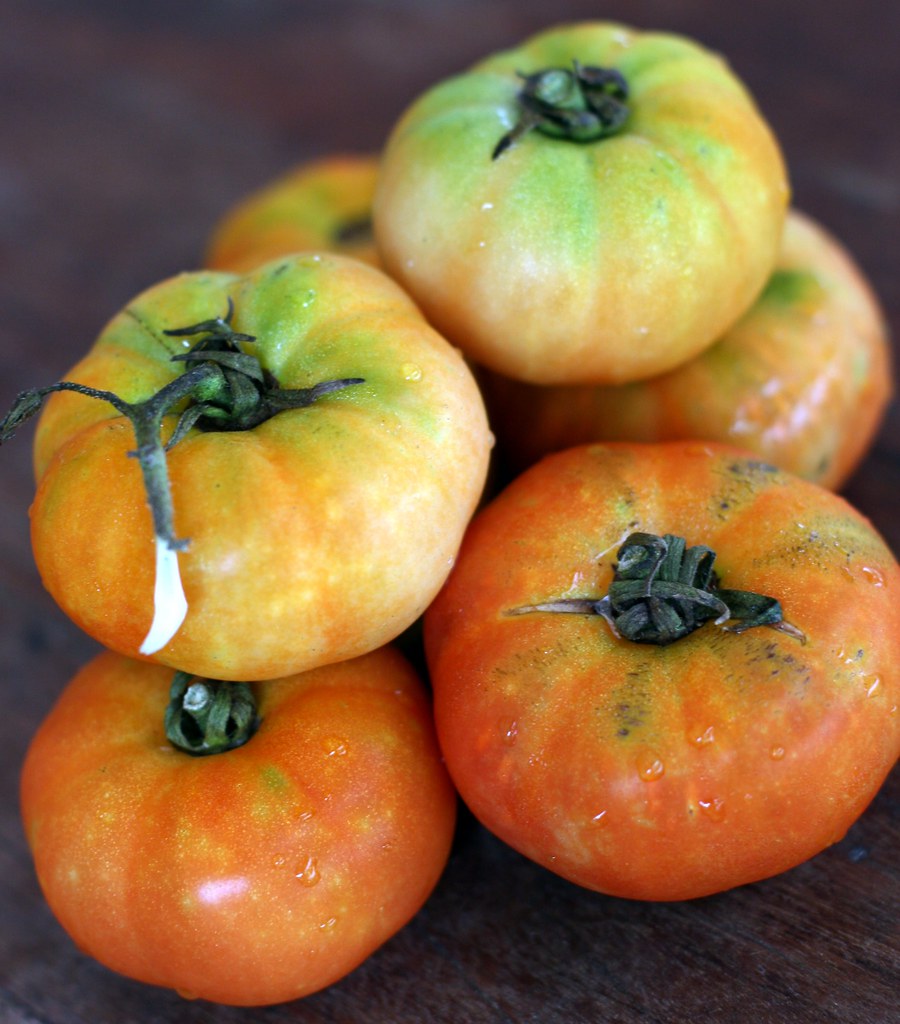



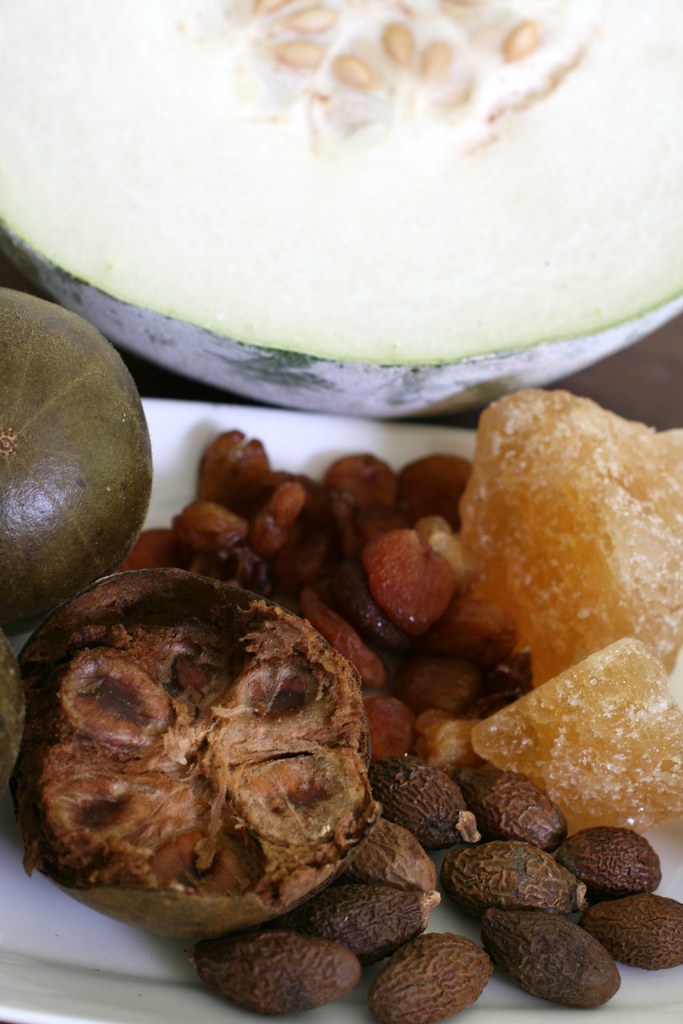
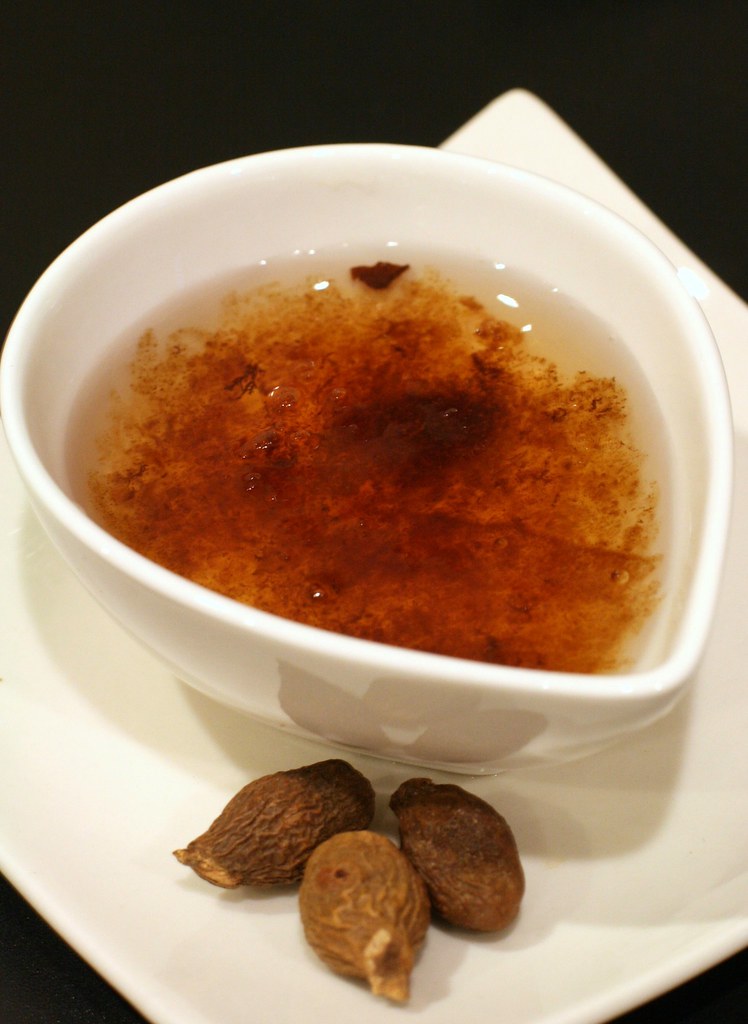



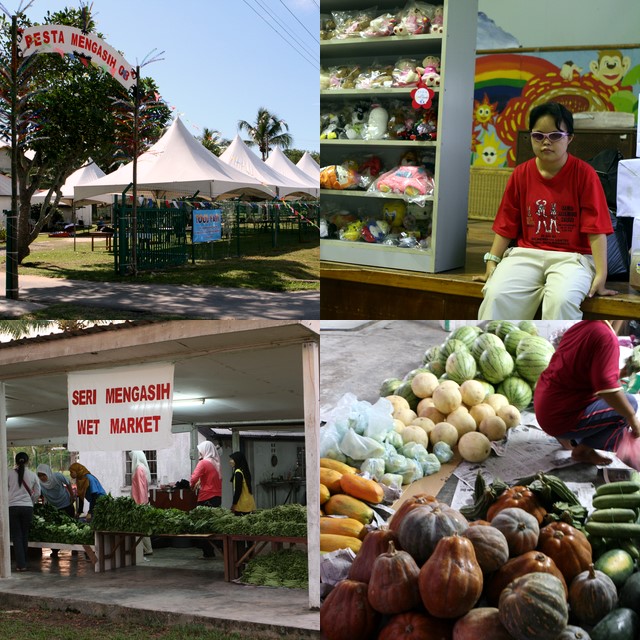
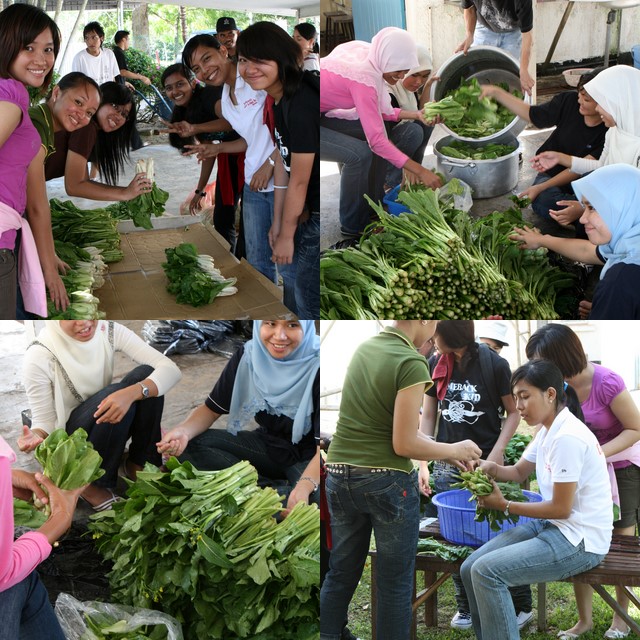
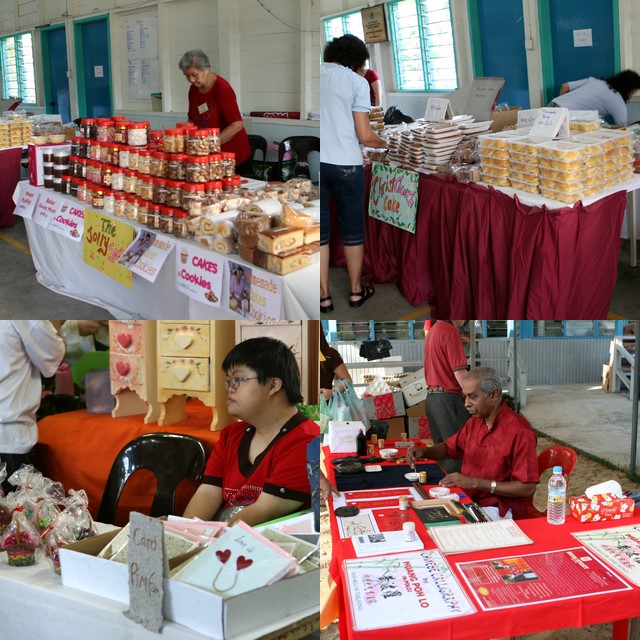


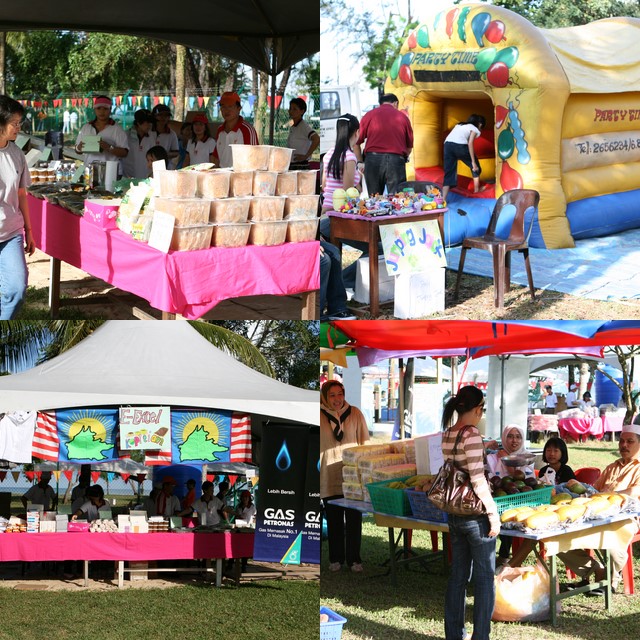
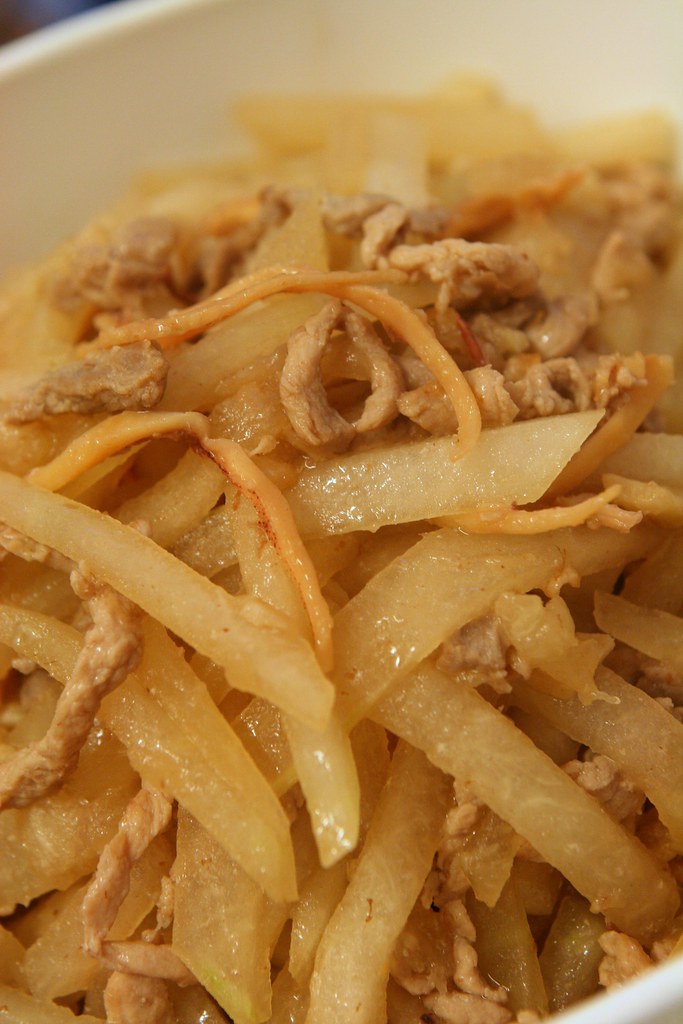
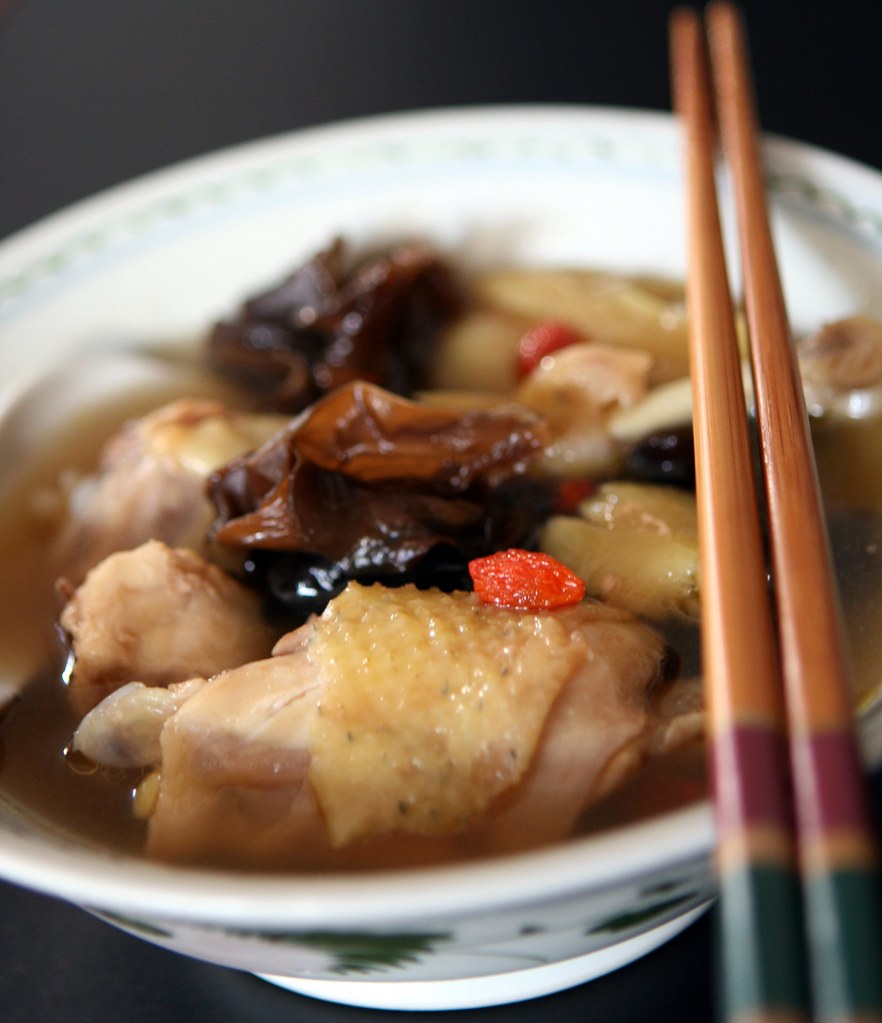



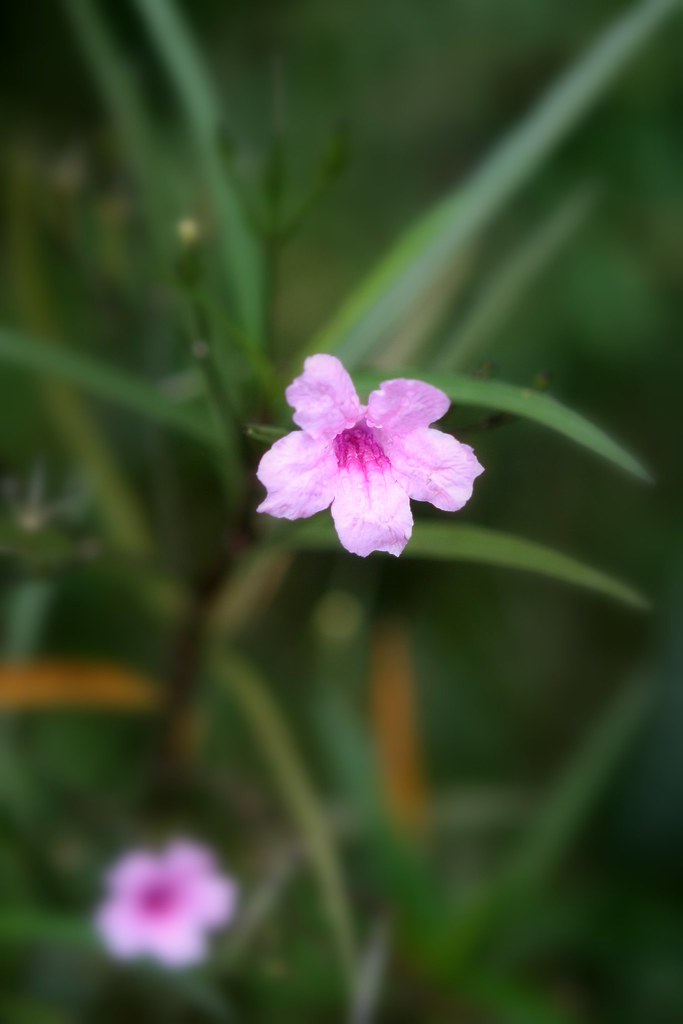



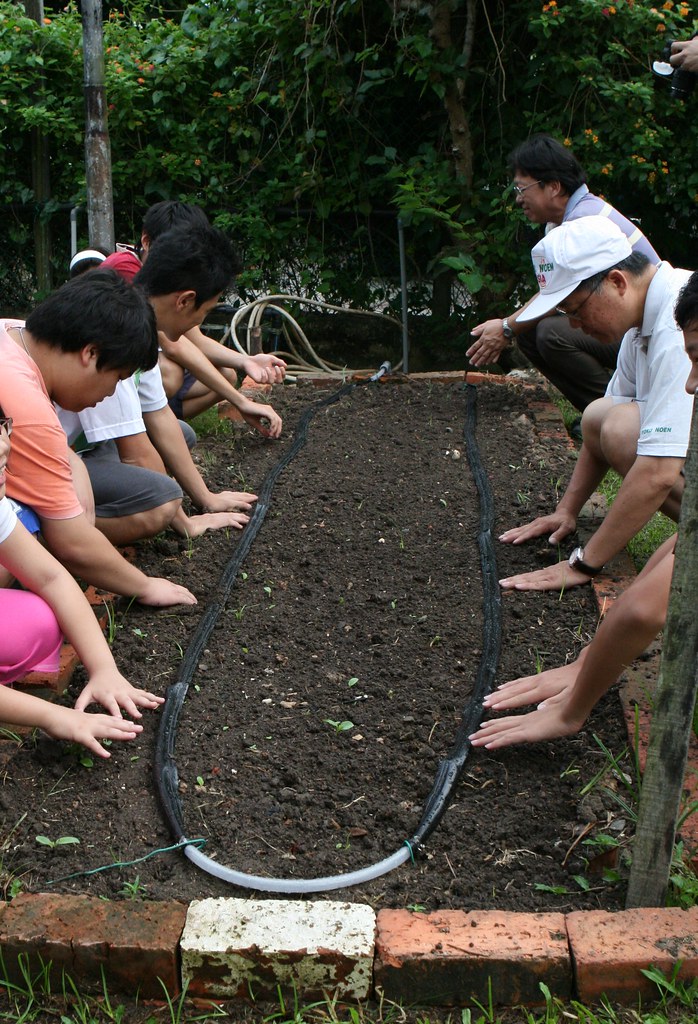 Everyone was asked to place their palms onto the soil and close their eyes..
Everyone was asked to place their palms onto the soil and close their eyes..